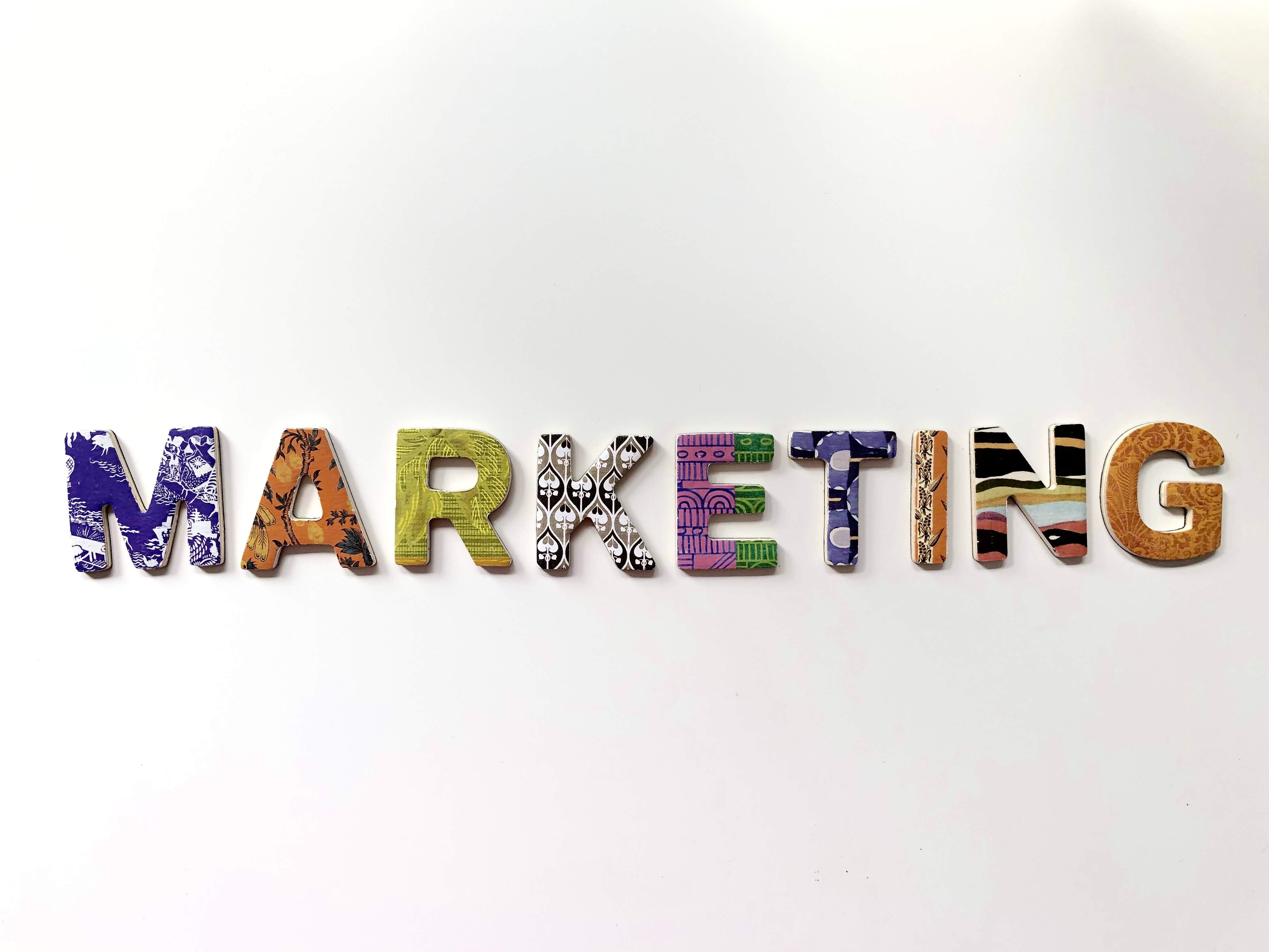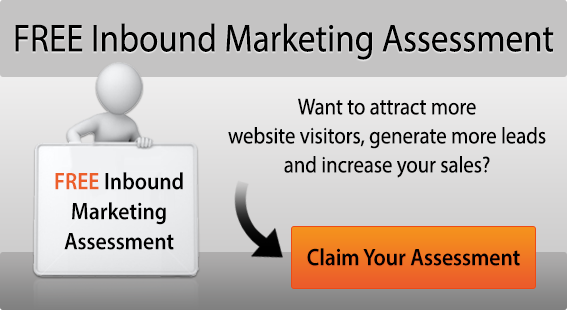What Will My ROI Be From Inbound Marketing?

Pound for pound, inbound marketing generates more sales revenue than any other business development technique, but it’s not always straightforward to determine a clear-cut ROI figure – not least because inbound marketing tends to be a long-term investment, with returns increasing over time.
This is the reason why agencies are sometimes wary of giving set-in-stone ROI promises at the beginning of a campaign, and instead draw the attention of clients to general trends and indicators of success.
In this article, we discuss four of the most important metrics we use to determine ROI on behalf of our customers:
Website lead generation optimisation
Increased leads from your website are not the same as sales, but they are a necessary precursor. Once an inbound marketing campaign is successful at both increasing website traffic and converting those visitors to leads, it can move on to the important job of nurturing these leads through to conversion into paying customers.
Important metrics to keep track of include:
- Total number of website visitors
- Total number of lead enquiries
- The percentage of visitors that convert into leads (your conversion rate)
- The source of your web traffic and leads – important to rate the success of email marketing, social media, and online advertising campaigns
To get the best ROI, your strategy should focus on increasing your total number of leads, and then your conversion rate. This lowers your cost per lead and increases your marketing ROI.
Search Engine Optimisation (SEO)
SEO is all about increasing your ‘organic’ website traffic, meaning anyone who finds your site through a spontaneous Google search, and not through a paid advert. SEO is an important part of inbound marketing as it increases your overall online visibility, and is achieved by optimising your website content for various search phrases and keywords associated with your sector. The more optimised your website is for important keywords, the more likely it is you will appear in the top 10 Google results when a customer inputs that query.
Useful metrics to measure the success of an SEO strategy include:
- Website traffic source for each keyword – i.e. how many people arrive on your website by searching for your target keywords. Monitoring this metric lets you focus on the most lucrative keywords and adjust your content accordingly, increasing your marketing ROI.
- Lead conversions and sales conversions linked to organic keyword searches.
Content marketing optimisation
Inbound marketing makes use of various types of free content to nurture leads through the sales and marketing funnel towards becoming paying customers. These include blog articles (each with an individual page URL that can be tracked and monitored), your core website and product pages with specific CTAs and contact forms, and landing pages for various keywords – often including ‘gated’ or downloadable content that prospects access in exchange for joining an email mailing list.
Your online content portfolio encompasses all the assets you use to convert website visitors to leads and leads to sales, so it is vital to monitor them closely in order to target your resources on the most relevant and valuable content.
By using an analytics package or marketing platform, you can keep tabs on the number of downloads for e-books and brochures, your views per blog and landing page, and the number of leads gathered from specific web-based forms. Many businesses conduct A/B testing on different types of content to assess which is most popular and garners the most leads, allowing them to streamline their marketing campaigns and increase their returns.
Leads to sales conversion rate optimisation
The basis of a good ROI is the number of new website visitors, social media followers, and marketing leads who you can persuade to pay for your services, and the average value of these new sales.
Through lead nurturing – often by email marketing linked to personalised content offers – initial contacts are nurtured into ‘marketing qualified leads’ (MQLs), then onto ‘sales qualified leads’ (SQLs), and finally into acquired customers. By monitoring the conversion rate of web visitors to leads, leads to MQLs, and MQLs to SQLs, your marketing team (or agency partner) will gain an accurate picture of your likely conversion rate and total customer acquisition cost, and use this information to fine-tune your campaign to reduce your costs and increase your profits.
Next steps
At JDR, we work with customers in a wide variety of fields to provide cost-effective marketing solutions that are tailored to the needs of each business. By focusing on the most relevant and enticing content offers, SEO, social media, and PPC strategies for your target customers, we keep your costs down and your returns high, yielding an impressive ROI from working with us. To find out more, please get in touch with one of our inbound marketing specialists today for a discussion of your growth plans and objectives.
Image Source: Unsplash



